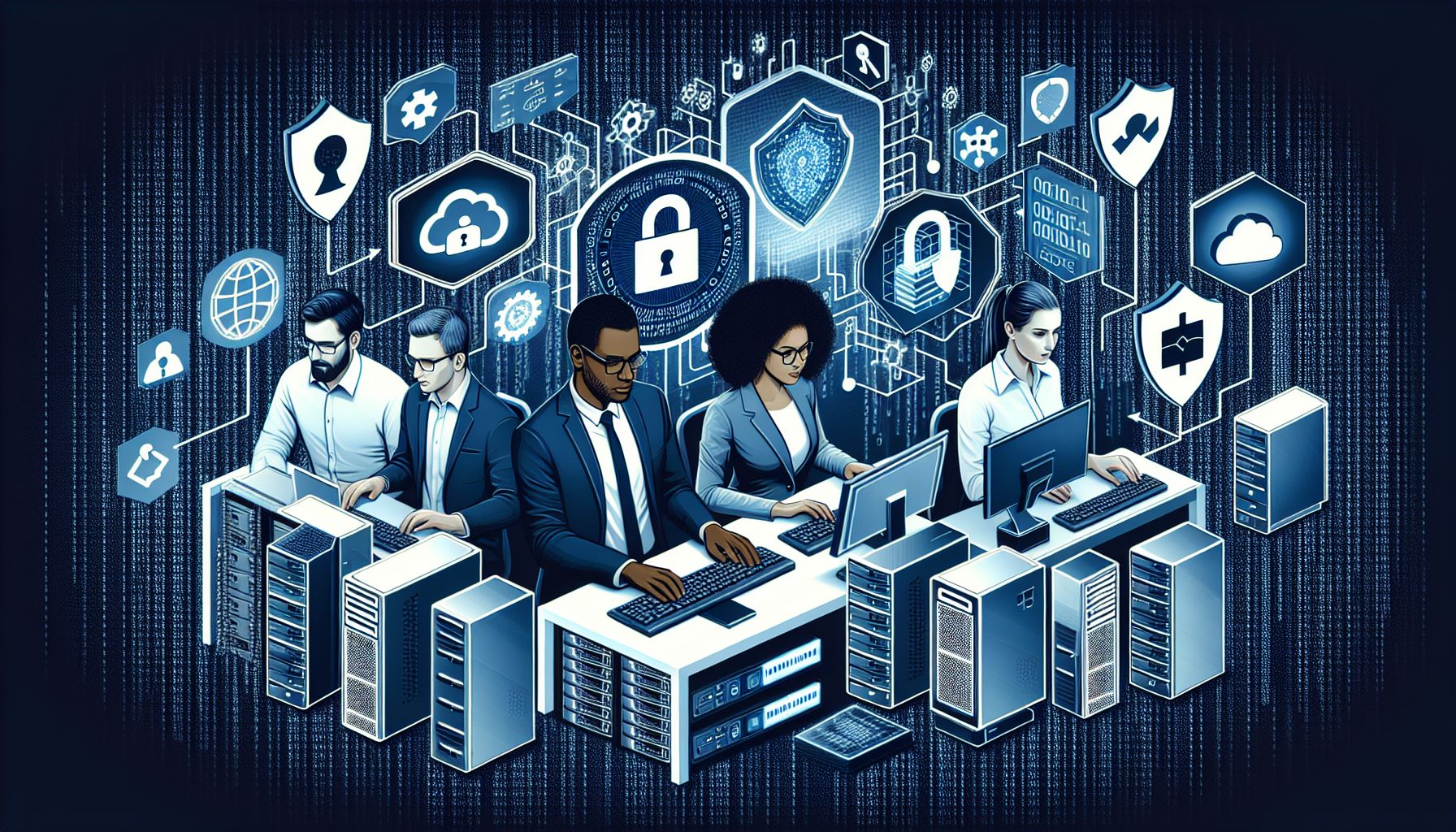Hey there tech-savvy folks! As we navigate through the ever-evolving digital landscape, it’s crucial for us to prioritize cyber security in our technical endeavors. With cyber threats becoming increasingly sophisticated, it’s more important than ever to stay vigilant and proactive in protecting our data and systems. In this blog post, we’ll explore some key strategies and best practices to help you bolster your cyber security defenses.
Understanding the Threat Landscape
Before we dive into specific security measures, let’s take a look at the current cyber threat landscape. Cyber attacks come in various forms, including malware, ransomware, phishing, and social engineering. These attacks can target individuals, businesses, or even governments, with the goal of stealing sensitive information, disrupting operations, or causing financial harm.
In addition to external threats, internal vulnerabilities also pose a significant risk to cyber security. Human error, negligence, and lack of awareness can all contribute to security breaches within an organization. That’s why it’s essential for technical professionals to not only focus on external threats but also educate and train employees on security best practices.
Implementing Strong Security Measures
So, how can you strengthen your cyber security defenses? Here are some key measures to consider:
-
Keep your software up to date: Regularly update your operating systems, applications, and security patches to address any known vulnerabilities.
-
Use strong passwords: Implement complex, unique passwords for all your accounts and enable multi-factor authentication for an added layer of security.
-
Encrypt your data: Protect sensitive information by encrypting data at rest and in transit to ensure it’s secure from unauthorized access.
-
Monitor and audit your systems: Keep a close eye on your network activity, log files, and system behavior to detect any unusual or suspicious activity.
-
Backup your data: Regularly backup your important files and data to a secure, offsite location to prevent data loss in the event of a cyber attack.
-
Train your employees: Educate your team on security best practices, such as how to recognize phishing emails, avoid social engineering attacks, and report suspicious activity.
Conclusion
In today’s digital world, cyber security is no longer just an afterthought – it’s a necessity. As technical professionals, it’s our responsibility to protect our data, systems, and networks from cyber threats. By implementing strong security measures, staying informed about the latest threats, and fostering a culture of security awareness within our organizations, we can minimize the risk of falling victim to cyber attacks.
So, let’s make cyber security a top priority in our technical endeavors and work together to build a safer, more secure digital ecosystem for all. Stay safe and secure out there, folks!


